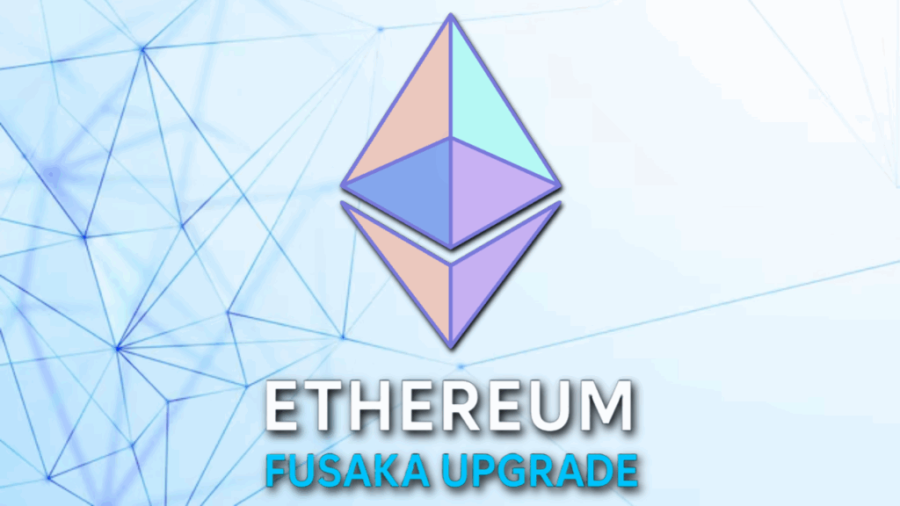Ethereum’s rolling out its Fusaka upgrade on December 3rd, and it’s actually a pretty big deal. This is the second major hard fork this year after Pectra dropped back in May.
So what’s Fusaka all about? The main thing is PeerDAS, which basically lets validators verify rollup data without downloading everything. Right now validators have to grab entire blobs of data, which eats up tons of bandwidth and storage. With PeerDAS, they just sample random pieces instead. If enough pieces are available, the network knows the full data exists. That’s way more efficient.
There’s also something called BPO forks, which are these tiny hard forks that let Ethereum increase blob capacity in smaller steps instead of waiting years for massive upgrades. It makes scaling way more flexible as layer-2 demand grows.
On the execution side, Fusaka is raising gas limits and adding guardrails so blocks stay verifiable for regular nodes. There’s also some cool UX stuff, like support for P-256 signatures, which means wallets can use biometrics and passkeys instead of seed phrases.
For layer-2s, this is huge. Analysts think Fusaka could cut data fees by 40-60% over time. That makes experimenting cheaper and could spark more competition between rollups. The goal here is supporting over 100,000 transactions per second when you add up all the layer-2 activity on top of Ethereum’s base layer. Next up after Fusaka is Glamsterdam in 2026.
Conclusion
Fusaka represents Ethereum’s pivot toward becoming a high-capacity data layer for rollups, balancing scalability ambitions with decentralization through sampling techniques and flexible capacity increases.
Also Read: Vitalik Buterin Donates ETH
![]()



